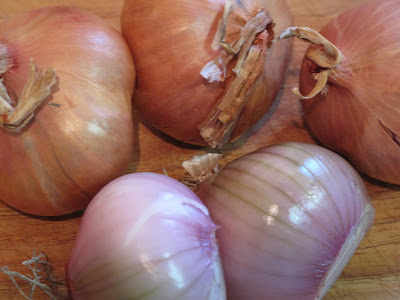 |
| How I made it look for the photo |
Butter beans are low GI (I used ready canned ones, which have a GI of 36, if I'd been more prepared and cooked them at home, then the GI is even lower!)
White Bean Puree
300gm can butter beans, rinsed and drained
40gm ground almonds
1 1/2 tsp fresh lemon juice
1 medium clove garlic, crushed
45 mL extra-virgin olive oil, plus extra, to serve
sea salt, ground white pepper
ras el hanout
1. Process beans, almonds, lemon juice and garlic in a food processor until smooth
2. With motor running gradually add the olive oil until thick and creamy. Season
3. Transfer mixture to a saucepan. Stir over low heat until warm. Transfer to a serving dish, drizzle with oil and sprinkle with ras el hanout.
 |
| How it looked when I actually ate it. |
Notes
Of course I modified the recipe.
The original recipe called for a 400gm tin of cannellini beans, and I only had a 300gm tin of butter beans. So I used those, and did a 3/4 recipe.
I was distracted, and so added most of the oil, before realising I was supposed to blend the other stuff first (Note to self- read the recipe all the way through- hey I just noticed the warm it up in a saucepan bit- I didn't do that either, hmmmm I really need to make this again, and have a go at making the recipe, I will try warming the leftovers tomorrow), not that I think it mattered a whole lot. My texture was more rustic than thick and creamy. Still tasted fine.
The ras el hanout is my own addition. I have a magnificent tin of it that I got from Maha in Melbourne on my last visit. Just the smell of it is intoxicating. Which you need, just in case you accidentally make yourself a Vegan Lunch. You could of course use a myriad of other spices- sumac, za'atar for instance.
I hate raw carrot (nearly as much as celery), so I peeled them lightly to make them (marginally) more palatable. This was a bit too much of "eat what's good for you", and I still have at least half a bunch of baby carrots for tomorrow. Oh goody. I think I might have to blanch them too.
Ok, so the beans are cooked, and I blanched the asparagus.































